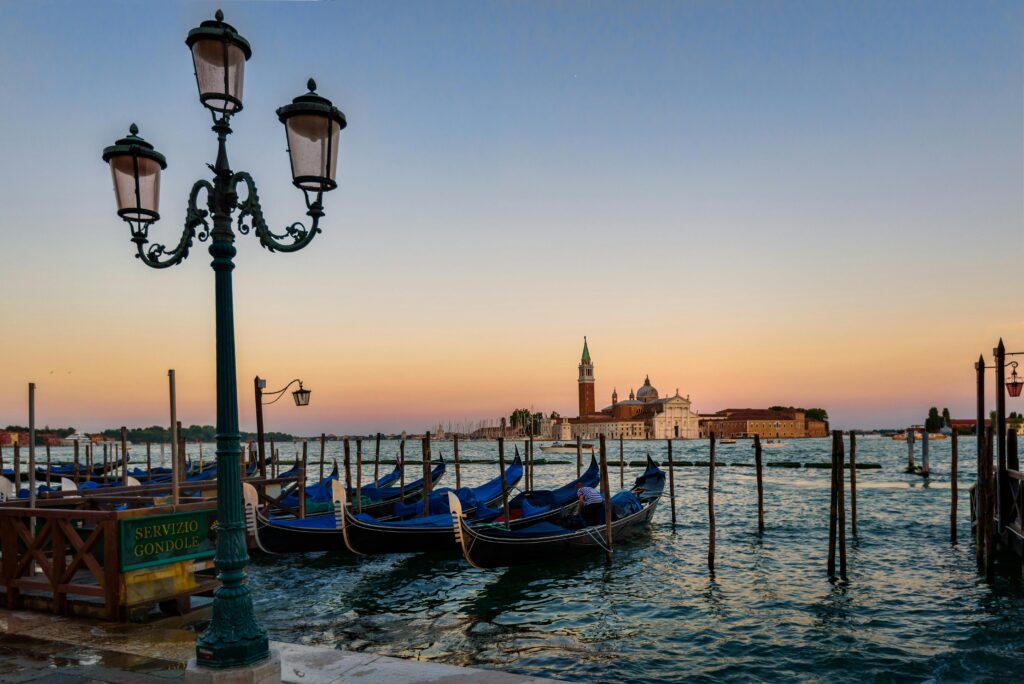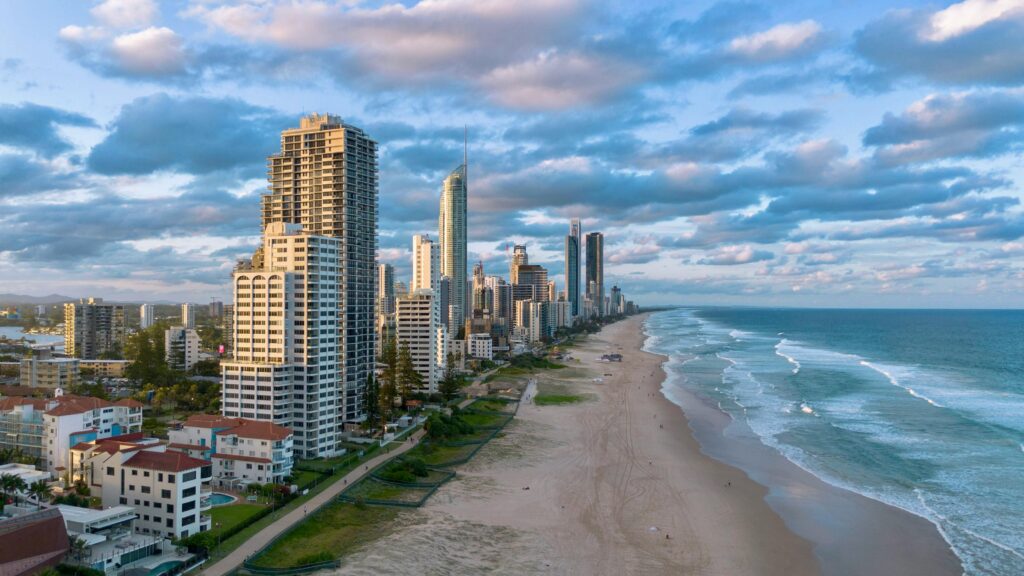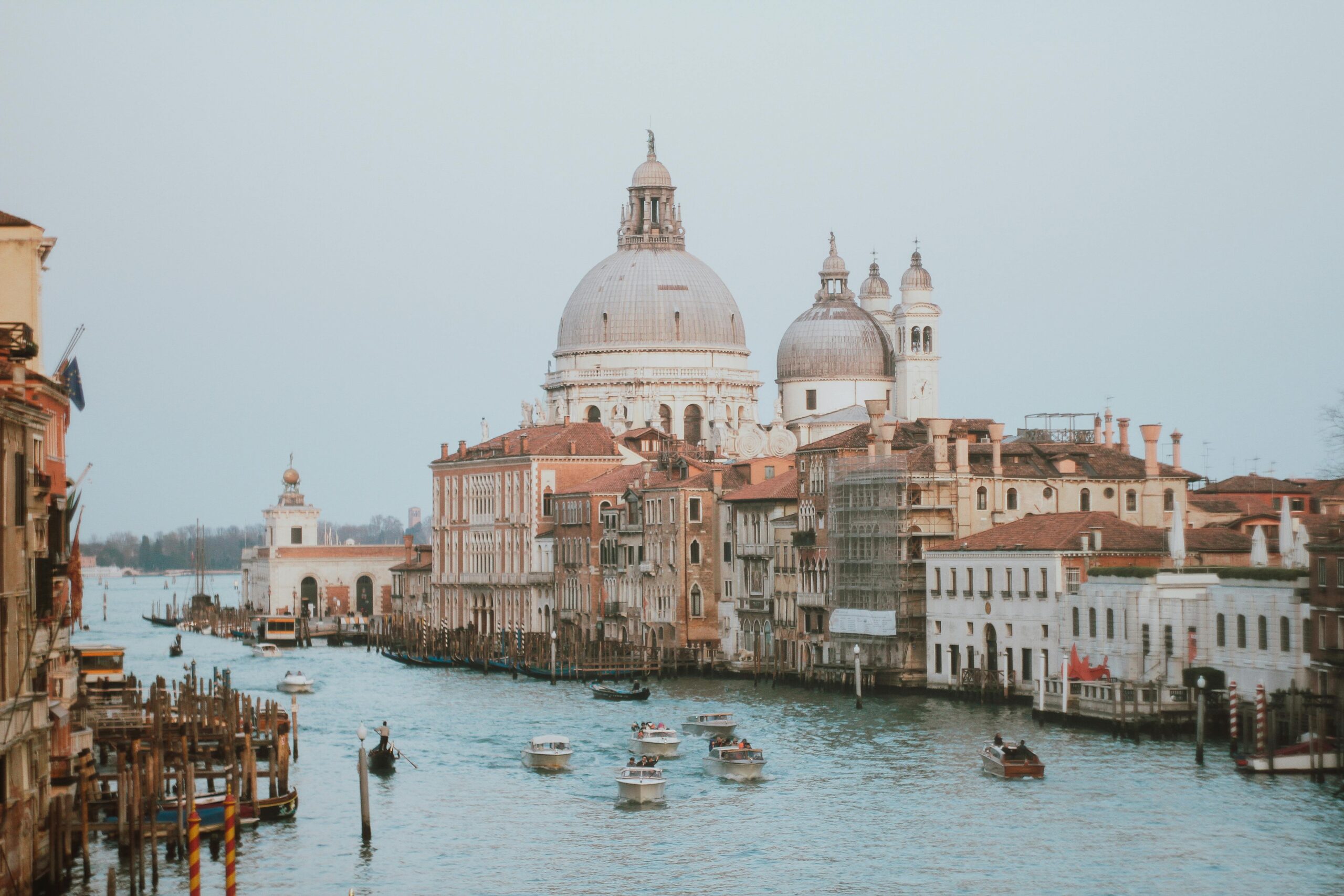The Growing Trend of Tourist Taxes
As global travel rebounds, many top destinations are facing a pressing challenge: overtourism. Cities and tourist hotspots are struggling to manage the influx of visitors while maintaining their cultural heritage, infrastructure, and quality of life for residents. To tackle these issues, several destinations—including Venice, Barcelona, Edinburgh, and Bali—are implementing or increasing visitor fees.
Venice has taken the lead with its day-tripper fee, and now, other destinations are following suit. But what does this mean for travelers, and how will it shape the future of tourism?

Venice’s Bold Move: A Model for Other Cities
Venice, a UNESCO-listed city, has long struggled with excessive tourism, particularly from day-trippers who contribute to overcrowding but spend little in local businesses. In response, Venice introduced a €5 entry fee for day visitors in 2024, applicable on peak days.
Key details of the fee:
- Applies to visitors over 14 years old
- Exemptions for residents, students, workers, and overnight guests
- Must be paid online in advance, with a QR code required for entry
Early reports suggest that the move has helped Venice regulate crowd flow while raising additional revenue for city maintenance. Encouraged by these results, officials plan to double the fee to €10 for last-minute bookings made less than four days in advance.
Venice’s approach is now inspiring cities across the globe to adopt similar policies.
Other Destinations Introducing Tourist Taxes
Venice isn’t the only city taking action. Here’s how other popular tourist destinations are implementing their own visitor fees:
- Edinburgh, Scotland
- Launching the UK’s first tourist tax in July 2026
- 5% surcharge on all paid overnight accommodations
- Expected to generate £50 million annually for local infrastructure
- Barcelona, Spain
- Gradually increasing its existing tourist tax
- Five-star hotel guests now pay up to €6.75 per night
- Funds used to enhance city services and maintain historic areas
- Bali, Indonesia
- Implemented a new tax in February 2024
- Revenue dedicated to environmental conservation and cultural preservation
- Kyoto, Japan
- Exploring visitor levies to protect cultural sites from overcrowding
These destinations see tourism taxes as a way to balance economic benefits with sustainable growth while ensuring that visitors contribute to maintaining the places they love to explore.

Why Are Tourist Taxes Becoming More Common?
The rise in visitor fees is driven by three main factors:
- Overtourism Management – Popular spots suffer from congestion, environmental degradation, and strain on public services.
- Infrastructure and Maintenance – Cities use revenue from tourist taxes to improve roads, public transport, and cultural sites.
- Sustainability Efforts – Funds often go towards conservation and sustainable tourism initiatives.
Rather than discouraging travel, these policies aim to create a better experience for both tourists and locals.
How Will Tourist Taxes Affect You?
If you’re planning to visit a popular destination, here’s what you need to keep in mind:
- Budget for additional fees: Some taxes are added to hotel bills, while others require pre-payment.
- Book in advance: Cities like Venice charge higher fees for last-minute trips.
- Check exemptions: Some travelers—such as students or long-term visitors—may qualify for waivers.
While these changes may slightly increase travel costs, they also promise better-maintained attractions, improved infrastructure, and a more enjoyable experience overall.

Common Questions About Tourist Taxes
1. What is the purpose of tourist taxes?
Tourist taxes help manage overcrowding, fund infrastructure improvements, and support local communities.
2. How much are these fees?
Fees vary by destination. Some charge a few euros per night, while others—like Venice—charge a flat fee for day visitors.
3. Are all travelers required to pay?
No. Many cities exempt residents, students, and workers. Some places waive fees for young children as well.
4. Do these taxes actually reduce overtourism?
While they may not drastically cut visitor numbers, they encourage more responsible tourism and generate funds to handle high foot traffic more effectively.
5. Will more destinations introduce tourist taxes?
It’s likely. As global tourism continues to rise, cities and countries will increasingly look for ways to balance tourism growth with sustainability.
Final Thoughts: The Future of Sustainable Travel
Tourist taxes are becoming a standard tool for managing travel’s impact. While they may add to trip costs, they ultimately help destinations stay beautiful, functional, and welcoming for generations to come.
As a traveler, embracing these fees means supporting local economies and preserving the places you love. So next time you visit a famous city, think of it as not just a vacation—but an investment in its future.
Sources Financial Times


